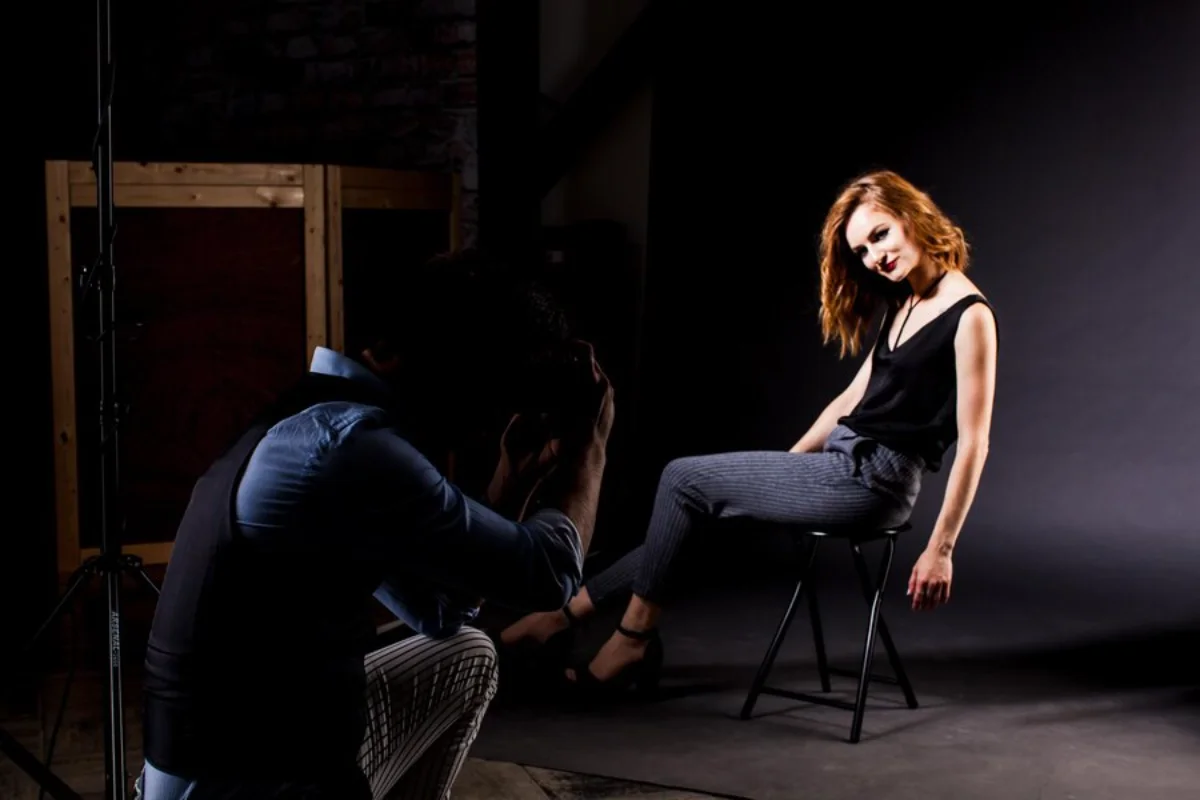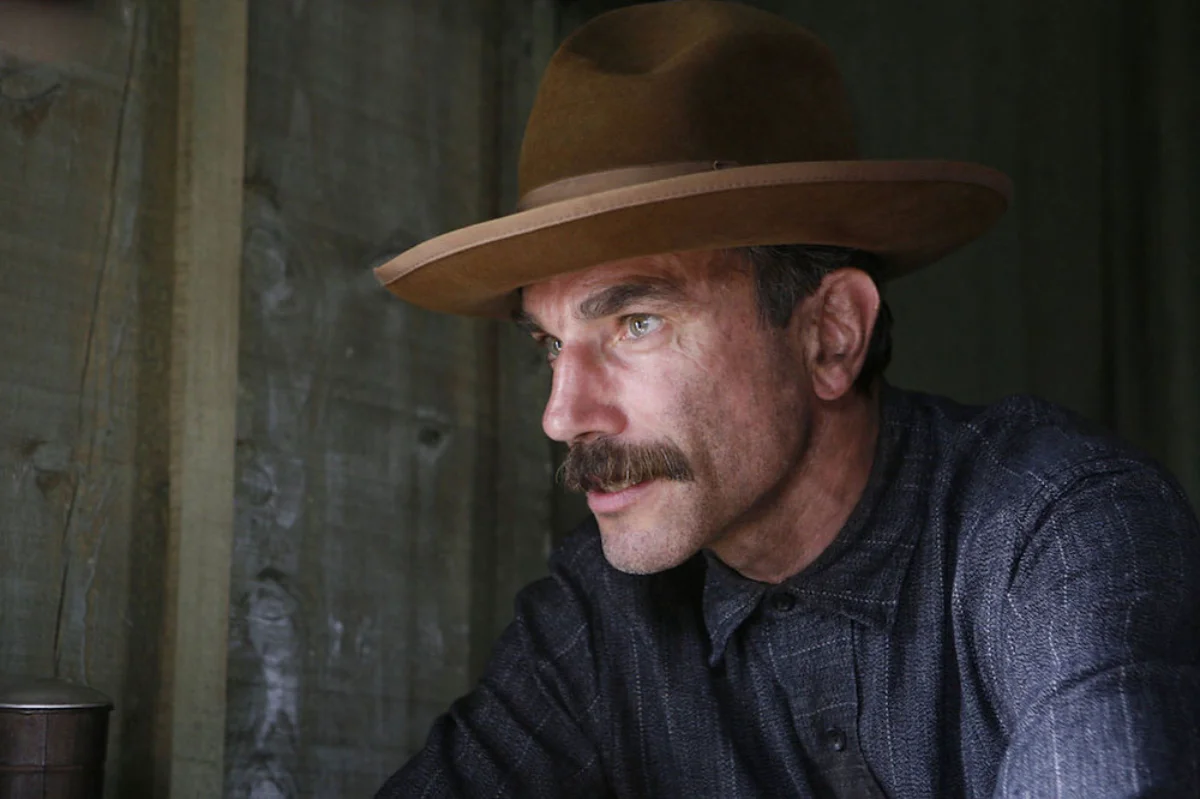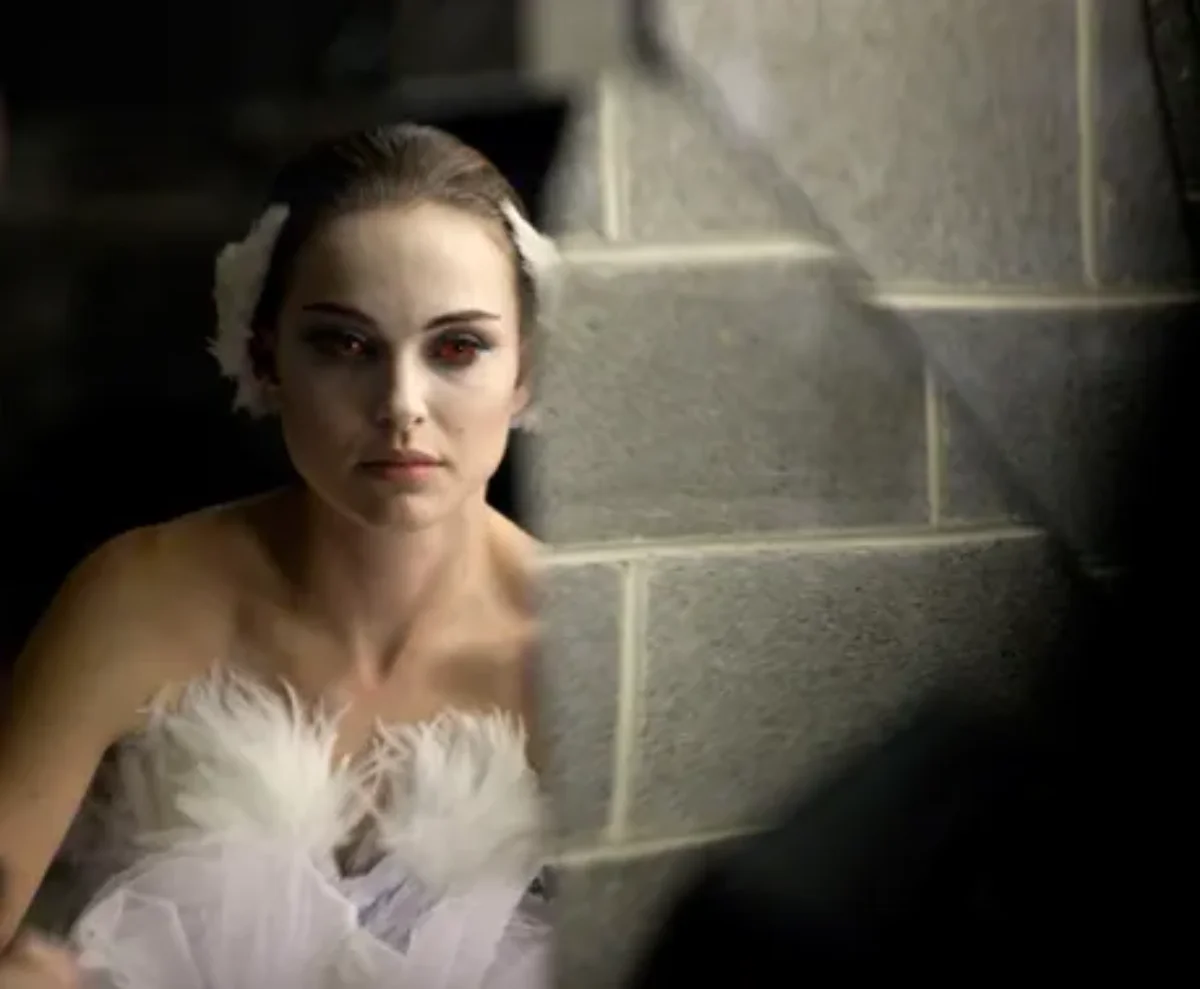How Actors Prepare for Their Most Challenging Roles
What does it take to give a performance so convincing that audiences forget they’re seeing a fictional character? For some performers, the answer is found in searing preparation. Whether it involves method acting or intense physical training, preparing for challenging roles has always required dedication, creativity, and sometimes personal sacrifice. In this guide, we’ll explore the preparation techniques that make up an actor’s process, what constitutes the difference between method acting and general acting, and how actors prepare for their roles.
Quick Guide: 5 Powerful Ways Actors Prepare for Roles
- Research & Immersion – Creating character backstories, shadowing real people, and cultural immersion.
- Method Acting – Fully becoming the character through lived experiences and emotional absorption.
- Physical Transformation – Gaining or losing weight, intense training, and altering appearance.
- Accents & Dialects – Working with coaches to perfect speech and cultural nuance.
- Emotional Techniques – Using memory recall, meditation, and therapy to access vulnerability.
Pro Tip
Balance is key. While full immersion can enhance a performance, seasoned actors often develop rituals to “step out” of intense characters to protect their mental health between takes.
Important Note
Some of the most powerful performances come from emotional risk and personal vulnerability. Respect the boundary between the art and the toll it may take on the performer.
Understanding the Character: Research and Immersion

Before facing the camera, actors spend many hours researching their roles. Knowing the character’s background, motivations, and emotions is key to whether they portray a historical figure or a fictional character.
Techniques Used:
- Character Biography: Actors often create detailed backstories for their characters, filling in gaps not covered in the script. This process gives them a deeper understanding of their character’s psychology.
- Immersive Research: For The Theory of Everything, Eddie Redmayne spent months studying Stephen Hawking’s life, meeting with his family, and observing his physical movements to accurately portray his ALS journey.
- Cultural Immersion: Actors playing roles from different cultures often spend time living in those environments to understand the social dynamics and nuances. For instance, Dev Patel travelled to India to absorb the atmosphere and pick up cultural subtleties in Slumdog Millionaire.
- Shadowing Real People: For Erin Brockovich, Julia Roberts shadowed the real Erin Brockovich, learning firsthand how she spoke, moved, and carried herself.
Why It Works:
This deep dive into a character’s world helps actors create nuanced performances that feel authentic and grounded, making the audience forget they’re watching a performance.

Method Acting: Becoming the Character
One of the most intense forms of acting preparation is method acting, where actors genuinely become their characters, on-screen and off. An approach created by Konstantin Stanislavski and made famous by Lee Strasberg, this technique encourages actors to draw on their feelings to deliver realistic performances.
Notable Examples:
- Daniel Day-Lewis in There Will Be Blood: Day-Lewis stayed in character for the entire shoot, speaking with his character’s voice even off-camera. He isolated himself from the cast and lived in complete solitude to channel the greed and ambition of oilman Daniel Plainview.
- Heath Ledger in The Dark Knight: Ledger famously locked himself in a hotel room for weeks to develop the Joker’s maniacal laugh, eerie mannerisms, and chaotic mindset. He kept a diary filled with disturbing thoughts to get into the Joker’s psyche.
- Robert De Niro in Taxi Driver: De Niro drove a cab around New York City to better understand the isolation and alienation of his character, Travis Bickle.
Why It Works:
Method acting forces performers to break the barrier between actor and character, creating deeply immersive experiences that resonate with audiences. It’s one of the most extreme ways actors train for roles, often leaving lasting impacts on their mental health.

Physical Transformations: Pushing the Body
Some roles demand more than emotional preparation—they require complete physical transformations. Actors push their bodies to extremes to authentically portray their characters.
Extreme Examples:
- Christian Bale in The Machinist: Bale lost over 60 pounds, surviving on a diet of an apple and a can of tuna per day to embody the emaciated insomniac Trevor Reznik. He then bulked up for Batman Begins shortly after.
- Charlize Theron in Monster: Theron gained 30 pounds, shaved her eyebrows, and wore prosthetic teeth to disappear into the role of serial killer Aileen Wuornos. She also adopted Wuornos’s posture and gait, adding to the transformation.
- Natalie Portman in Black Swan: Portman trained for over a year, practising ballet for up to eight hours a day to perfect the physicality of a professional ballerina. She endured gruelling workouts and suffered physical injuries during the process.
- Tom Hardy in Bronson: Hardy gained 42 pounds of muscle to portray Britain’s most violent prisoner, Charles Bronson. He adopted Bronson’s eccentric mannerisms and shaved his head to complete the look.
Why It Works:
These transformations push actors to inhabit their characters’ physical realities, ensuring that every movement and expression feels genuine. It’s one of the most extreme acting preparation techniques but delivers unforgettable performances.
Mastering Accents and Dialects
Extensive vocal training is key for roles that require actors to adopt new accents or languages. Dialect coaches help actors master speech patterns, intonations, and subtle regional nuances.
Notable Examples:
- Meryl Streep in Sophie’s Choice: Streep mastered a flawless Polish accent and seamlessly integrated it into her performance.
- Leonardo DiCaprio in Blood Diamond: DiCaprio worked with dialect coaches to perfect the South African accent, ensuring authenticity.
- Brad Pitt in Snatch: Pitt adopted a nearly incomprehensible Irish Traveller accent, adding comedic and cultural layers to his character.
Why It Works:
Accurate accents deepen the audience’s immersion, making the character feel authentic and lived-in. It’s a key part of how actors train for roles that require cultural or linguistic transformation.
Psychological Preparation: Tapping into Emotion
Actors often explore their emotional reservoirs to tap into the vulnerability required for challenging roles.
Techniques Used:
- Emotional Memory: Actors recall personal experiences that evoke emotions similar to those of their characters.
- Meditation and Visualization: Techniques like visualisation help actors mentally rehearse scenes and get into the right mindset before performing.
- Therapy and Counseling: Some actors work with therapists to manage the psychological toll of playing dark or traumatic roles. After filming Schindler’s List, Liam Neeson spoke about needing time to decompress from the emotional weight of the role.
Why It Works:
Accessing genuine emotions elevates a performance from good to unforgettable. Emotional vulnerability is the core of authentic storytelling.
5 Frequently Asked Questions (FAQs)
1. What is method acting?
Method acting is a technique where actors live as their characters, often staying in character off-camera to produce a deeply authentic performance.
2. Do all actors use method acting?
No. Many actors use other methods like Meisner technique, physical acting, or emotional recall—each chooses what works best for the role and their process.
3. How do actors learn new accents so well?
They work with dialect coaches who train them on tone, pronunciation, rhythm, and regional nuances. Some actors spend months mastering a new speech style.
4. Is extreme weight change safe for actors?
Not always. Rapid transformations can strain the body. Actors usually work with nutritionists and trainers, but health risks are still involved.
5. Do actors get therapy after intense roles?
Yes—some do. Especially after emotionally taxing roles, actors may seek therapy or take breaks to recover mentally and emotionally.
Conclusion: The Art Behind the Performance
What appears on screen was not made without intensive preparation behind the scenes. Acting preparation techniques—from method acting to learning dialects—stretch performers to their very limits, helping them create unforgettable characters. These artists straddle the worlds of reality and fiction, sometimes even sacrificing parts of themselves in their pursuit of art.
Knowing what goes into these performances offers us a greater appreciation of the art of acting. So, the next time you see a performance deserving of an Oscar, think of the invisible hours of research, training, and emotional labour behind it.
Want to know more about iconic performances? Watch these movies and witness for yourself the stunning transformations behind the most difficult roles.